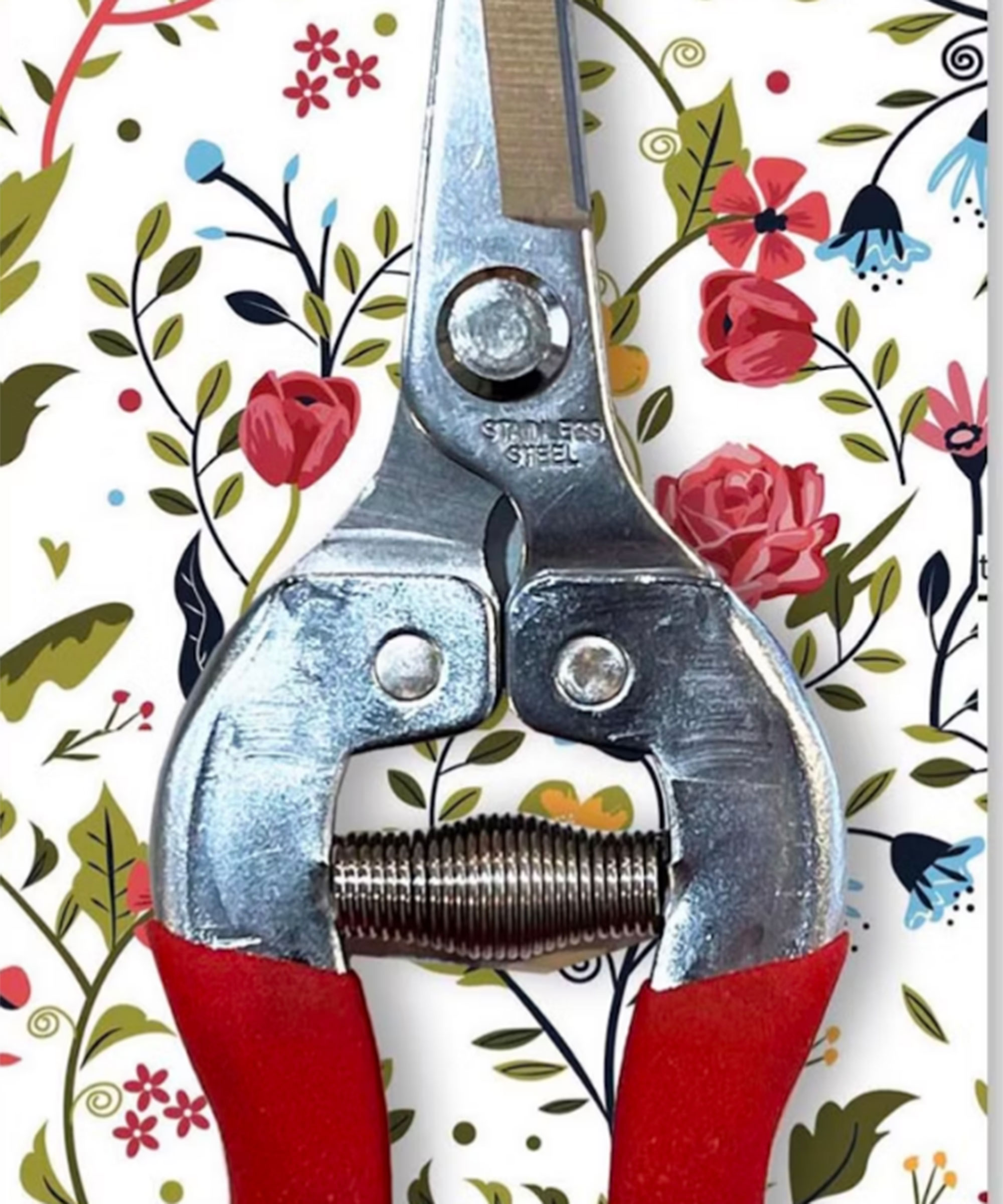Dahlias Not Blooming? Avoid These 7 Common Dahlia Mistakes To Bring More Flowering Joy With Your Dream Dollies
If you’ve not yet been dazzled by dahlia displays, don’t fret. Dahlias not blooming needn’t be cause for despair – check these dahlia mistakes to put your blooming back on track
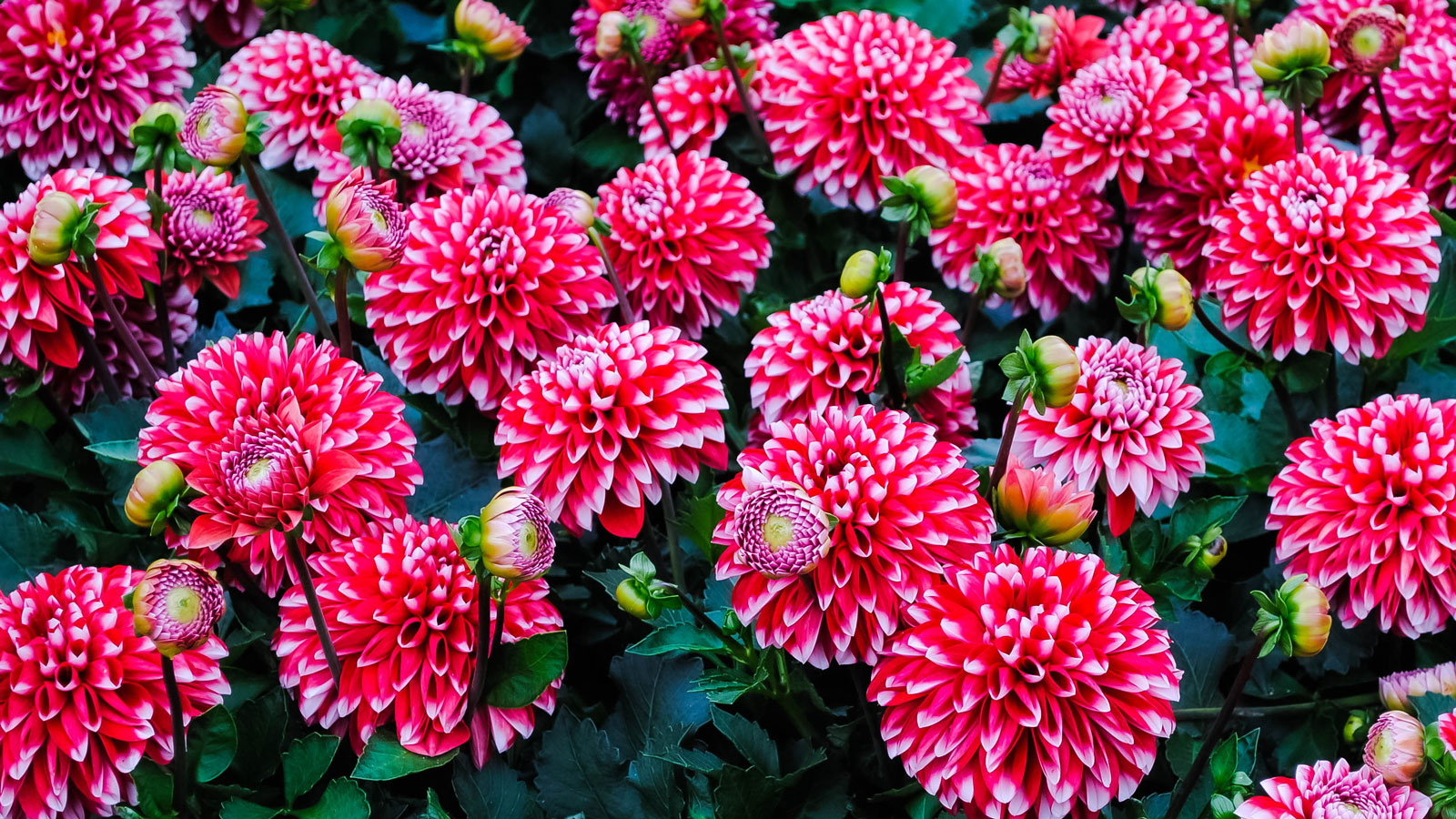

Amy Draiss
Dahlia enthusiasts love these plants for their blooms, so dahlias not blooming in the garden is a real letdown. We hear that – and we understand why you’ll be looking for clues as to where you might need to adapt your growing care to entice those dazzling floral displays into life.
Similarly, where you have seen a few flowers but failed to see consecutive blooms, worry not – there are ways to switch up your dahlia cultivating techniques to bring on further dynamics. So if you’re trying to grow dazzling dollies and aren’t seeing enough flowers, check out these common dahlia problems and solutions.
7 Dahlia Problems to Avoid for Better Blooming
As dahlia lovers, we might often gaze at other people’s dahlia displays and wonder how they do it so well – especially if our own dahlias don’t put on quite the show we were expecting, or fail to flower at all. Exactly what is it that makes some displays burst into life with such vibrant conviction – while our own remain relatively quiet?
The big secret to growing different varieties of dahlias successfully is to provide them with their ideal growing conditions: plenty of sunlight, well-drained, fertile soil, consistent moisture, and regular balanced fertilizer. For most areas, growing dahlias for more than once season also requires digging up tubers in the fall to store for winter.
Whether you’re growing dahlias in the ground or growing potted dahlias, there are a few tried and true ways to identify and fix the source of your dahlia doldrums. Read on to find out if any of these common mistakes could be holding you back – and how to rectify the problems to bring on those enduring summer blooms.
1. Overwatering or Underwatering
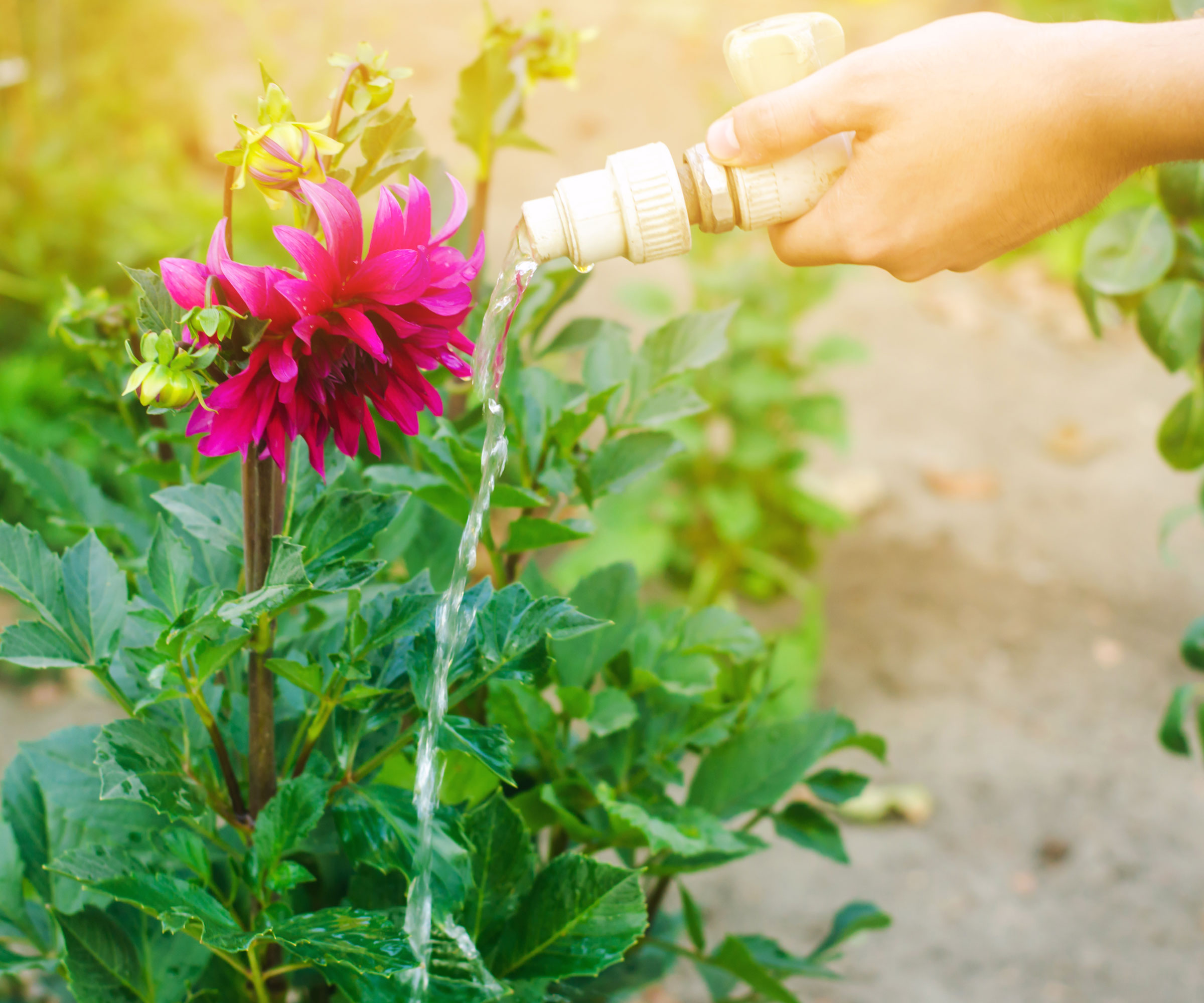
Getting moisture right is key to healthy, blooming dahlias that flower for longer. In a dahlia, yellow leaves or wilting leaves can be signs of both too much and too little water. Overwatered dahlias may also be droopy. Dahlia leaf problems due to overwatering also include wilting and a watery, translucent appearance.
For the best chance of healthy, vibrant blooms, you need to water dahlias deeply once or twice a week from the beginning of the growing season. Use mulch to hold moisture in the soil, but be sure the planting area drains well. For an effective watering system that can stretch to all edges of the garden, Vego’s retractable hose reel set in the Gardening Know How Shop comes with a generous hose length, a range of nozzles for targeted watering, and a wall mounting bracket.
2. Too Much Nitrogen in Fertilizer
Dahlias are heavy feeders and need regular fertilizer to thrive and develop the most colorful flowers. However, there is a chance you could be giving your plants the wrong type of food. If the fertilizer has too much nitrogen, the plants will focus on growing leaves rather than flowers. You need to use a general fertilizer or a tomato fertilizer, and apply as directed.
A potassium-rich feed will boost and support flowering, particularly if you are growing dahlias in containers. You can apply a feed geared towards flowering until September. Try Neptune’s Harvest from Amazon which helps with stress resistance as well as improved flower size. You’ll also appreciate water-soluble Miracle-Gro Tomato Plant Food from Amazon for a controlled way to promote more robust dahlia blooms.
Sign up for the Gardening Know How newsletter today and receive a free copy of our e-book "How to Grow Delicious Tomatoes".
3. Inadequate Sunlight
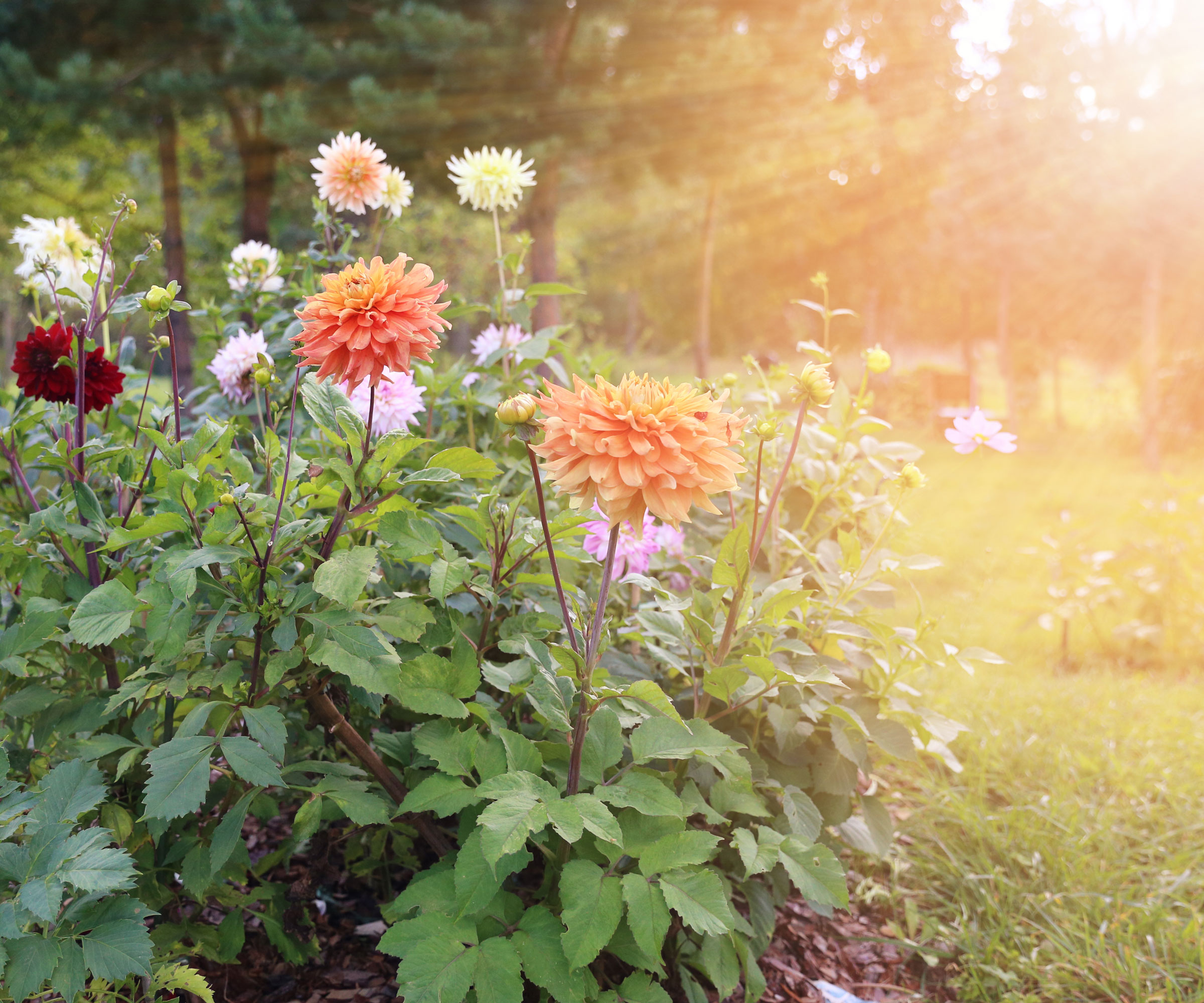
Dahlias are full sun plants. Whether you are looking for a vibrant bloomer for a container garden or a stunning addition to a bed or border, you need to make sure that the spot you choose is one that will be able to sate this summer stunner’s need for extensive rays. To really thrive and flower, they need eight hours of direct sunlight per day.
In hotter climates, plant your dahlias in a location that gets most of this sun earlier in the day. Bear in mind that hot afternoon temperatures can stress these plants. In a dahlia, leaves curling can indicate that the plant is too hot or getting too much intense afternoon sun. Try to alleviate this risk by providing some shade from afternoon rays.
4. Too Cold to Grow
Dahlias are native to the tropics, so if they get too cold, they won’t thrive or flower and might even die. You need to wait until the soil in spring is at least 50 degrees Fahrenheit (10°C) before planting your tubers. If you live in a colder climate, be aware that your dahlias may not flower until late summer or even fall.
5. Forgetting to Deadhead
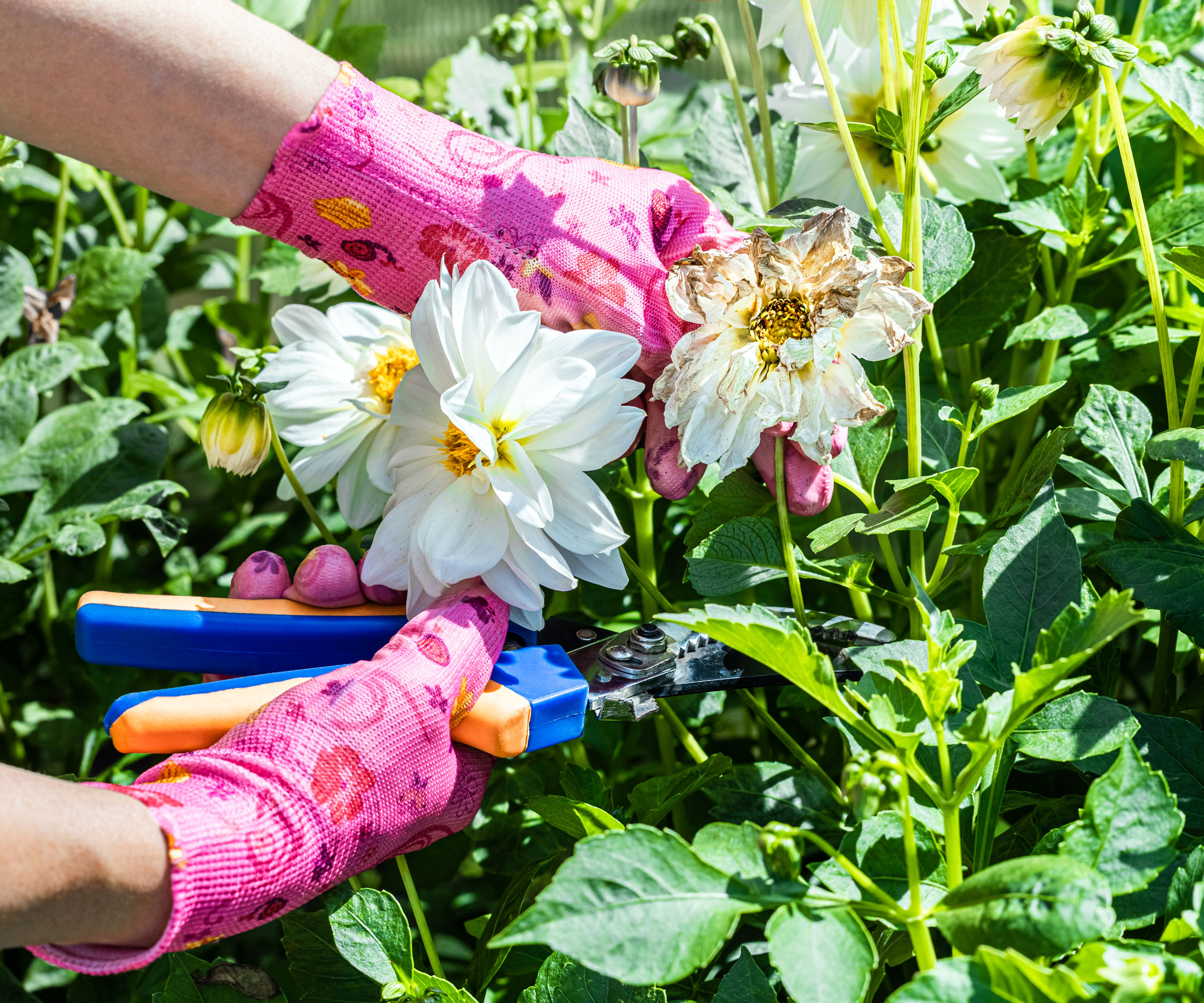
Deadheading spent blooms is important for keeping your dahlias blooming. As the flowers fade, the plant starts putting energy into seed production. When you deadhead dahlia flowers, the plant will then produce more, so it can still go on to make those seeds. Snip off fading flowers throughout the season to keep the plant producing as many new blooms as possible.
Harvesting cut flowers will also help extend the blooming season. Use cutters specifically geared towards neat, precise cuts directly under the fading flowerhead. Try this 3-Pack of Shears, Snips and Clippers from Amazon to cover off a range of cuts. We also love Scotts Straight Tip Floral Shears from Walmart for accurate cuts that suit both right and left-handed dahlia growers.
6. Damaged or Rotten Tubers
Dahlias are tubers that, in most regions, must be lifted in the fall and stored for winter. One of the most important parts of dahlia care is proper storage of dahlia tubers over winter. You need to know how to tell if dahlia tubers are dead or no longer viable. If you plant bad tubers, you won’t get flowers.
A healthy tuber should be firm and a healthy color with plenty of eyes. Tubers need to be moist enough to be firm rather than shriveled, but not so moist that they rot. To avoid bad tubers, store them properly in peat moss, plastic, or wood shavings in a dry, protected place. Check them every month, and add moisture as needed. Throw out any that begin to rot, as they will destroy the rest of the tubers.
7. Not Dividing Tubers Correctly
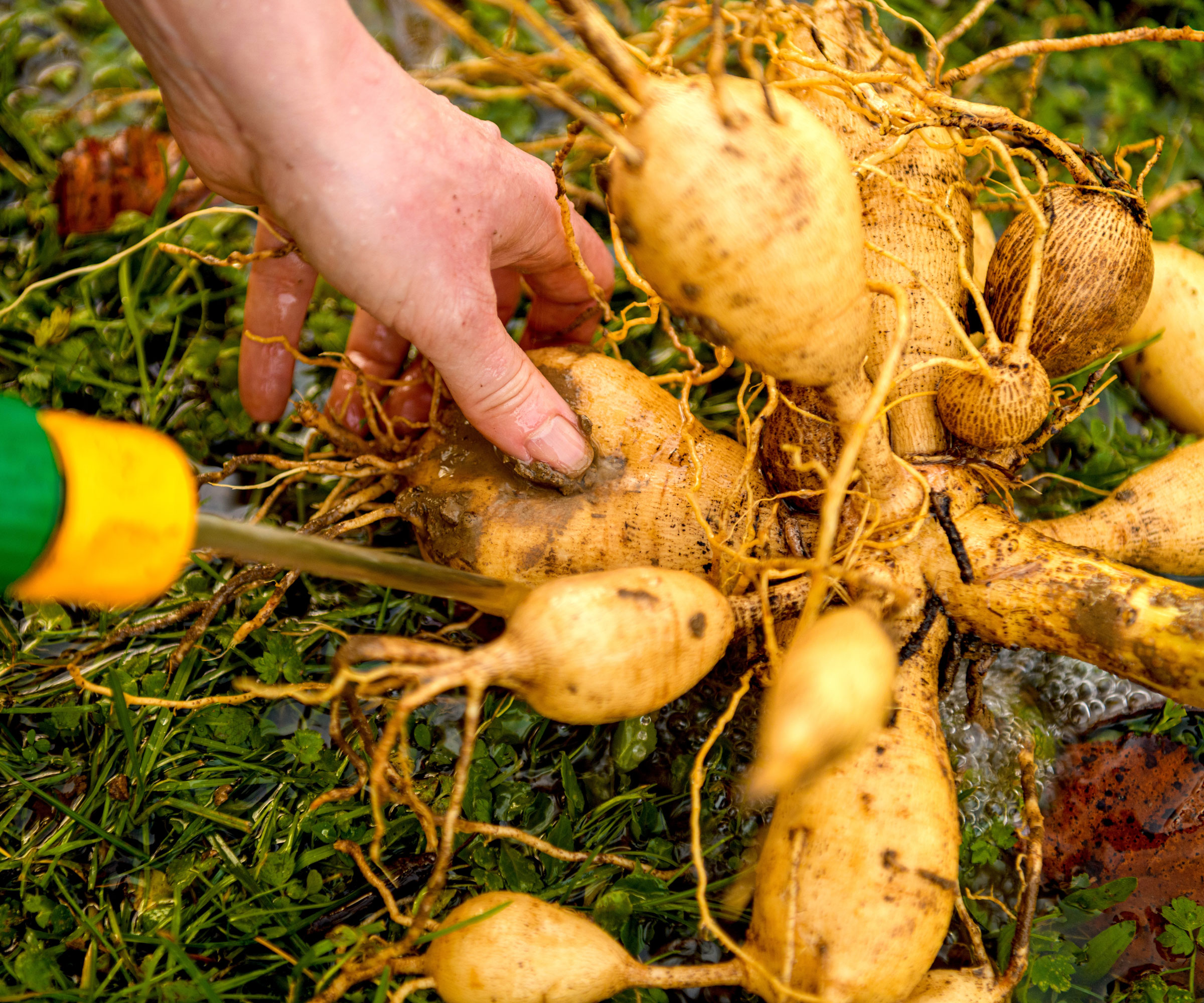
Next year’s flowers come from the tubers you dig up in the fall, so if you don’t do this step correctly, it can affect blooms. When you divide dahlia tubers, each one must contain an eye and part of the stem, or it won’t grow and flower. Divide carefully to ensure that each dahlia tuber you divide from the main clump has each of these.
This article features products available from third party vendors on the Gardening Know How Shop. Keep in mind that our plant inventory is limited - so if you’re thinking of purchasing, don’t wait!

Mary Ellen Ellis has been gardening for over 20 years. With degrees in Chemistry and Biology, Mary Ellen's specialties are flowers, native plants, and herbs.
- Amy DraissDigital Community Manager
